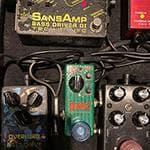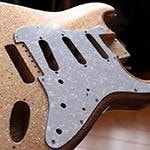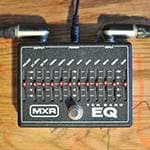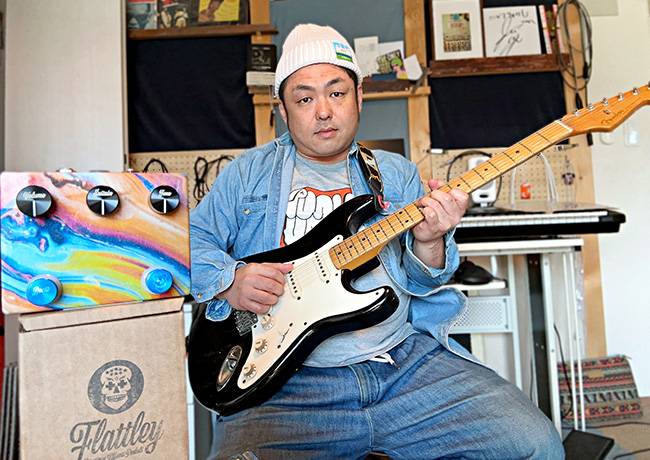
I had the chance to try out a unique fuzz pedal from a British brand known for its handmade, hand-wired builds with top-quality components:
Flattley Guitar Pedals / Solaris Pro
What exactly does “fuzz without fuss” mean?
And, how can a distortion pedal not have a distortion knob, which is something that is so essential to drive pedals?
With a mix of curiosity and expectation, I started playing.
This pedal is a fuzz at its core.
What sets it apart from typical fuzz pedals is that the gain is preset to maximum.
It was designed with the idea that you’ll shape your tone using your guitar’s volume and tone controls.
It also features a boost switch, which turned out to be a surprisingly powerful addition, making it a practical tool for real-world use.
My first impression after a quick test was: “This is a great fuzz.”
Even when the sound is crushed, it retains its presence; even when muddied, there’s still a distant shimmer of clarity.
It’s a high-quality fuzz that manages to be bold without being overwhelming.
The Volume knob seems to function purely as an output control.
It doesn’t significantly affect the tone or gain, so it can be used purely to match volume levels within your setup.
The Tone knob also doesn’t influence gain; it feels more like the tone control on a guitar for shaping a similar tone curve.
So for this test, I fixed both knobs at values appropriate for the guitar and amp being used.
The Sustain knob, located in the center of the three controls, is where you’ll find the biggest tonal shifts.
As I mentioned earlier, the gain is preset to maximum, so this knob doesn’t control the amount of distortion.
Instead, turning it clockwise moves the sound from Lo-Fi to Hi-Fi, dark to bright, vintage to modern.
To put it a bit boldly: it feels like shifting from a Fuzz Face on the left to a Big Muff or RAT on the right—
a knob that lets you explore different fuzz flavors.
That’s the kind of impression the Sustain knob gives.
For this sound test, I rotated the Sustain knob and recorded the results at various settings, while rolling back the volume on the guitar to hear how it responded.
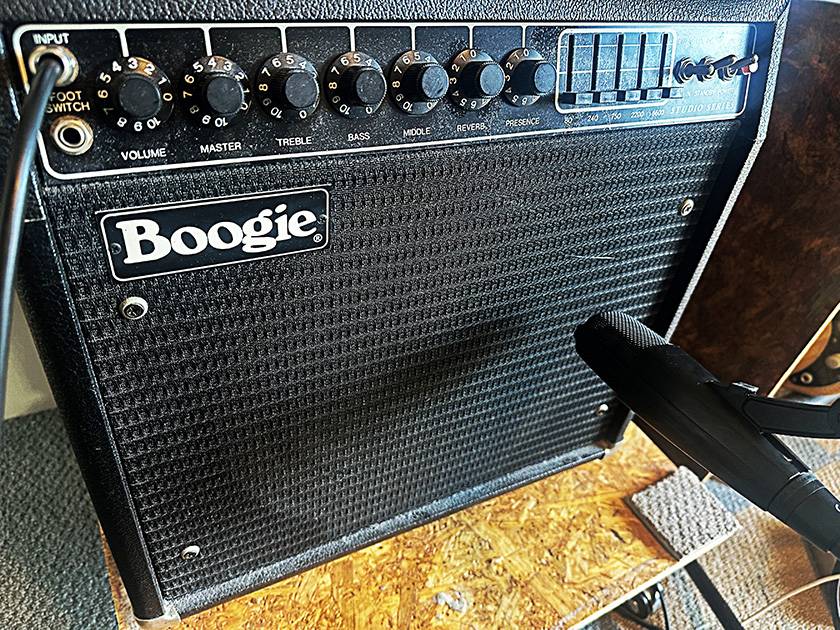
■ Recording Setup
- Guitar: Fender Stratocaster (center pickup)
- Amp: MesaBoogie ST22 CLEAN ch
- Microphone: SENNHEISERMD 421-II
- Audio Interface: RME Babyface Pro FS
- DAW: Logic Pro
■ BYPASS
■ SUSTAIN 0
■ SUSTAIN 5
■ SUSTAIN 10
Since the amp used this time was the Mesa Boogie ST22 CLEAN channel, which has more of a Fender-style tone that you can likely expect an even more Jimi Hendrix-like sound when plugged into a Marshall-style amp.
Next, I tested the BOOST switch.
Personally, this was the moment that surprised me the most.
Typically, BOOST switches on distortion pedals either:
1. Increase the gain in the pre-stage, or
2. Push the already-distorted signal harder in the post-stage.
However, with the Solaris Pro, I had a completely new experience.
The volume increases and the distortion decreases.
It’s not just a simple volume boost—
the headroom expands dramatically, resolution increases, and the previously clipping ceiling rises.
The volume also increases accordingly, but the clipping is reduced thanks to the expanded headroom.
That was the impression I got.
I found it to be a very unique and musical switch.
In principle, Distortion happens when loud parts of the signal are smashed and crushed.
It’s like hitting something sharp with a hammer.
The sharp edges get rounded and flattened.
During a song, you want distortion that doesn’t interfere with the vocals.
In a solo, you want the sound to stand out clearly up front.
In other words:
During a song, you want to round off the sharp edges so they don’t clash with the vocals.
In a solo, you don’t want to crush those edges.
At first glance, it might seem like reducing distortion wouldn’t be ideal for pushing a solo, but the way this headroom enhances resolution actually matches the musical flow described above very well.
I compared a few phrases with the BOOST switch turned ON and OFF.
■ SUSTAIN 7+ BOOST
Some rock players might say, “I don’t want less distortion during a solo!”
In that case, returning to the pedal’s core concept brings out its strengths:
Since the gain is preset to maximum, you shape your tone using your guitar’s volume and tone controls.
This means adjusting the amount of distortion by hand to match the moment within the song.
■ DemoPlay
With the interplay between the SUSTAIN and BOOST functions, the fuzz pedal fits perfectly into the hands of many guitarists and suits a wide range of situations.
Above all, just pick it up and turn the SUSTAIN knob from left to right.
You might even feel like multiple fuzz pedals have been combined into one—that’s how versatile it is.
The “sound & person” column is made up of contributions from you.
For details about contributing, click here.





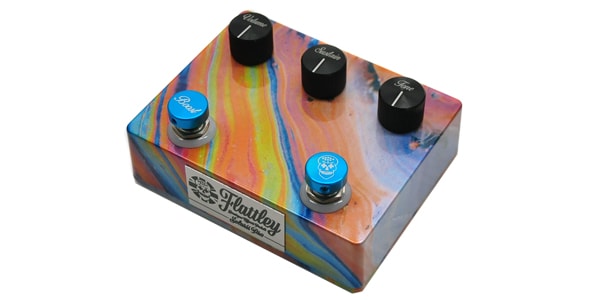

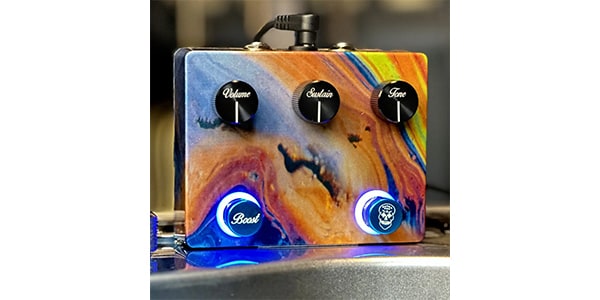
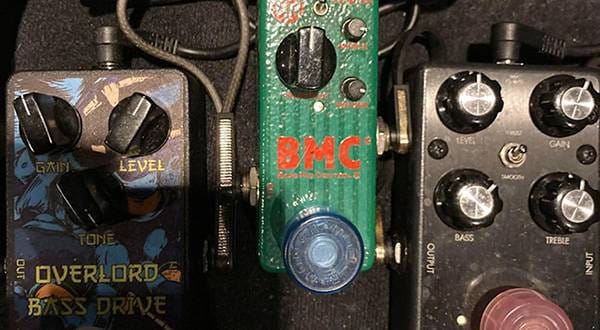
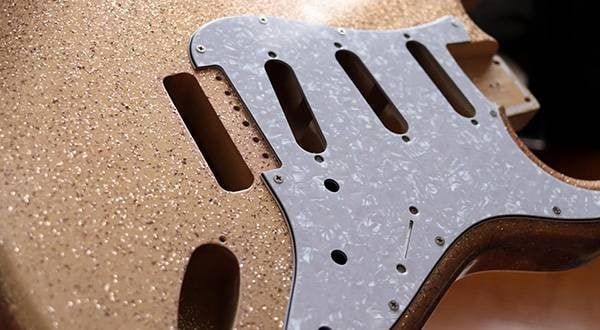
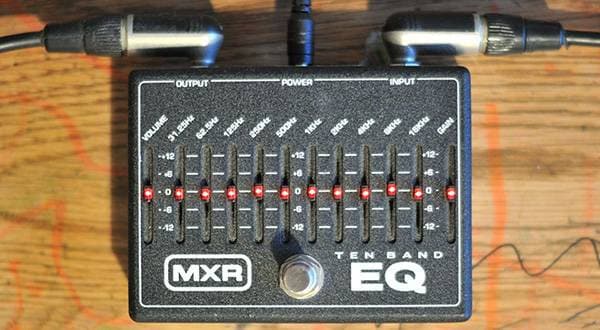

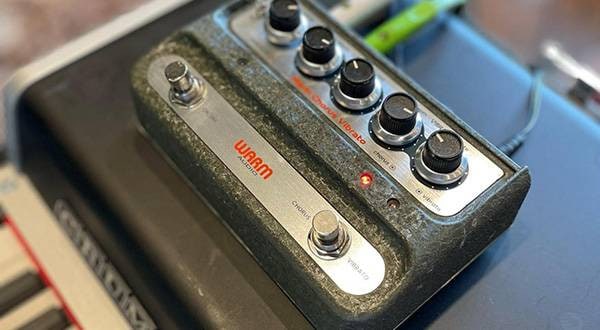
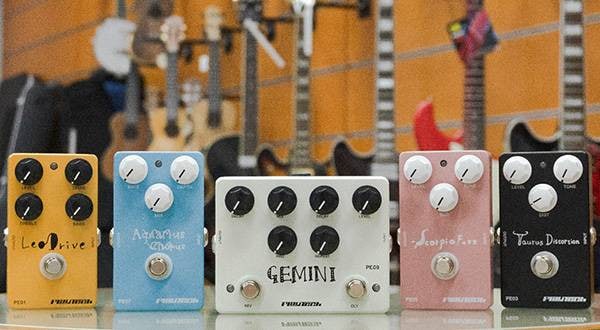
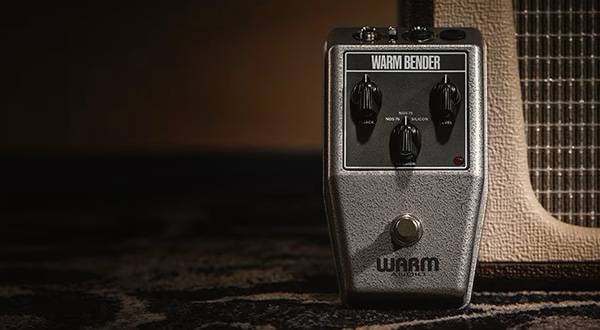
![[2025 Edition] Top 5 Recommended Fuzz Pedals!!](/contents/uploads/thumbs/2/2023/12/20231204_2_24801_1.jpg)
![[For Students] How to Create Compact Pedal Sounds with the ZOOM G3n!! - Fuzz Edition](/contents/uploads/thumbs/5/2023/10/20231030_5_24415_1.jpg)

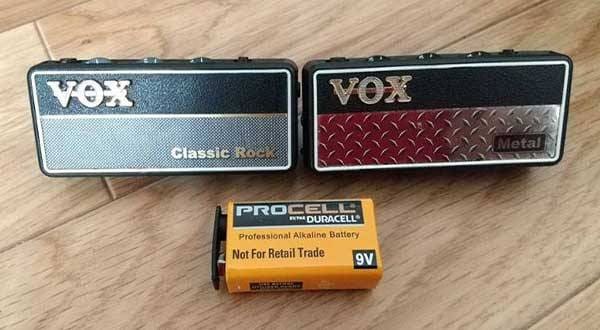
 【初心者向け】エフェクター講座
【初心者向け】エフェクター講座
 あなたのエフェクターボード見せてください
あなたのエフェクターボード見せてください
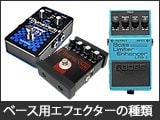 ベース用エフェクターの種類
ベース用エフェクターの種類
 エフェクターのつなぎ方
エフェクターのつなぎ方
 エフェクターの種類
エフェクターの種類
 ギタースタートガイド
ギタースタートガイド
